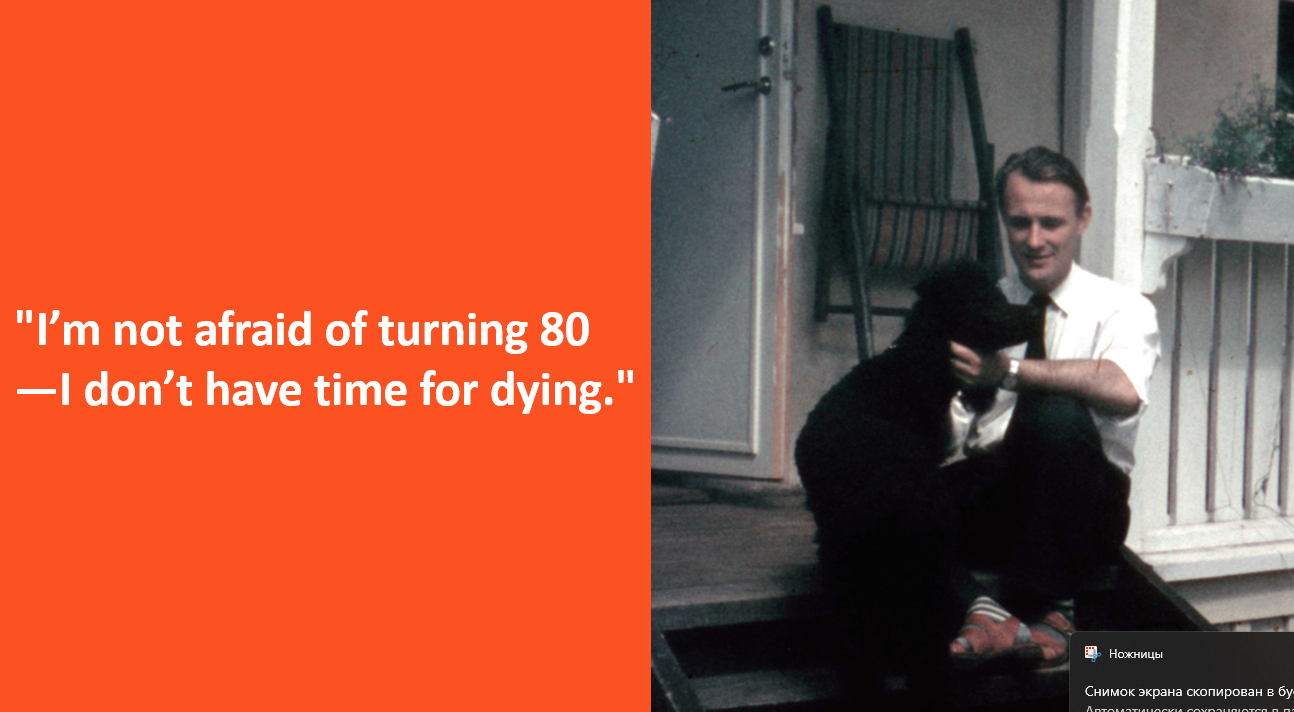Pecha Kucha IKEA
1/19
There's no tags or description
Looks like no tags are added yet.
Name | Mastery | Learn | Test | Matching | Spaced |
|---|
No study sessions yet.
20 Terms
Good morning, everyone! Today, I’ll introduce you to one of the wealthiest Swedish businessmen, best known for founding IKEA—Ingvar Kamprad. My presentation is divided into four parts: his childhood, the foundation of IKEA, its rise, and his personal life.
1
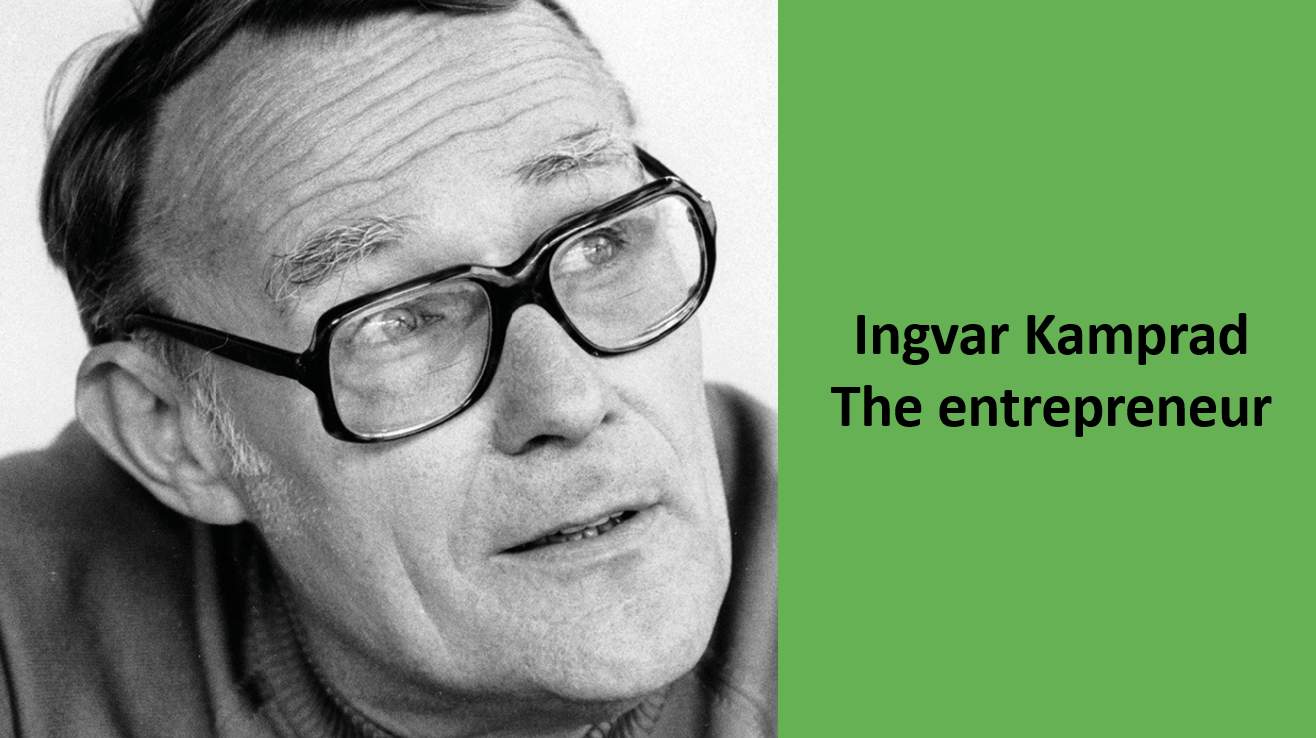
Ingvar was born in 1926 on a small farm in Småland, Sweden, during the Great Depression. Poverty was widespread, and many families struggled to make ends meet. His family was no exception, and from an early age, he learned not to take anything for granted.
2
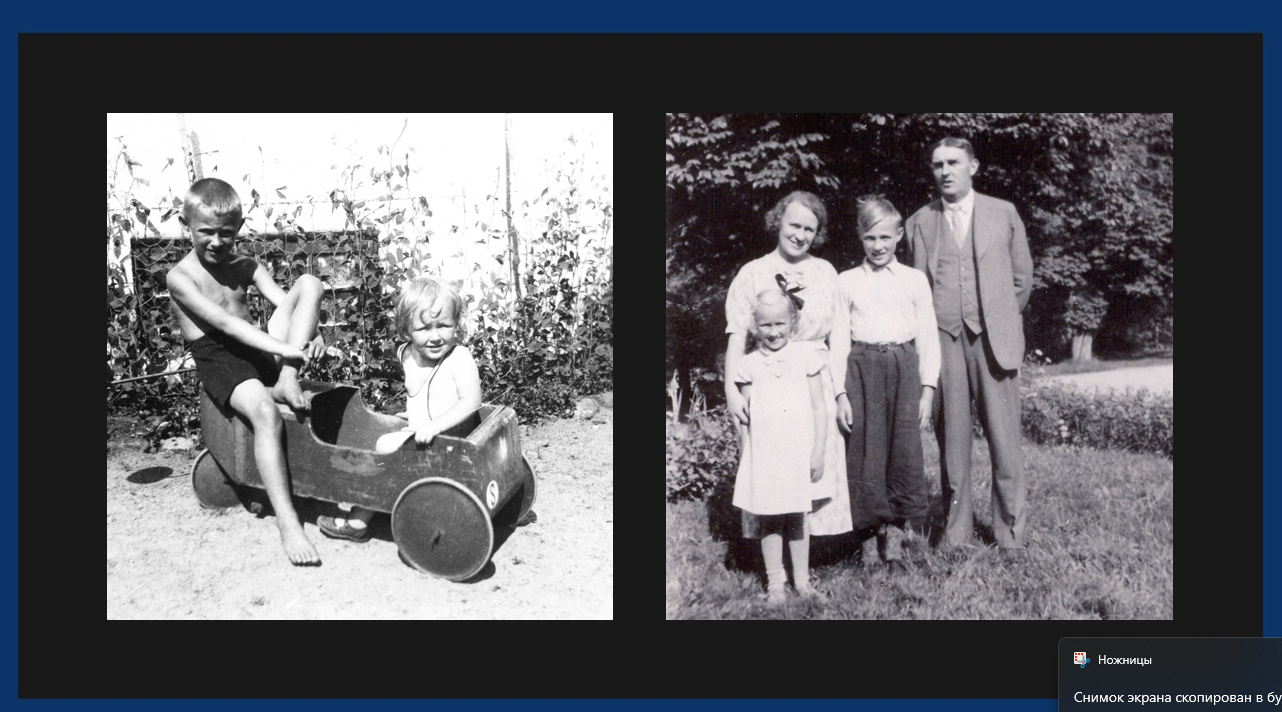
In the slide, you see matches and a child. Any guesses on the connection? Believe it or not, at just five years old, Ingvar wasn’t playing with matches—he was selling them to his neighbors to earn extra money.
3
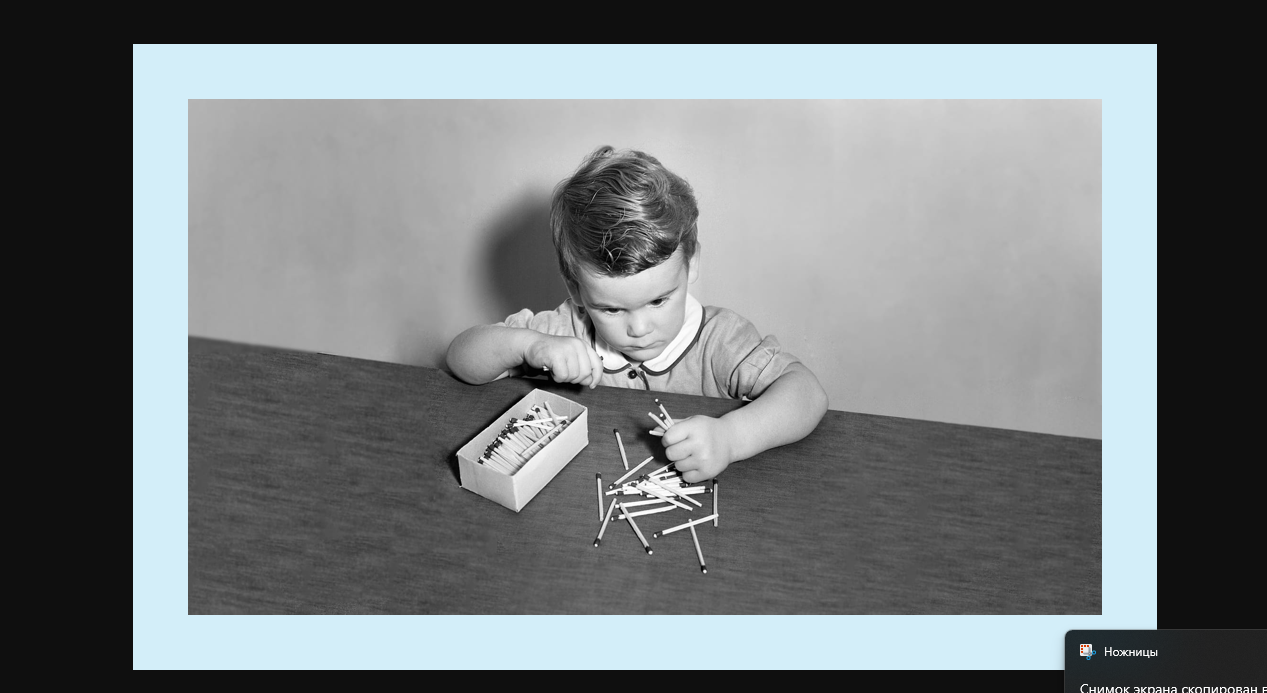
Even as a child, he had an eye for business. He bought matches in bulk and resold them individually at a profit. By age 10, he was cycling around the neighborhood selling fish and pencils. It turned out that he was a born entrepreneur.
4
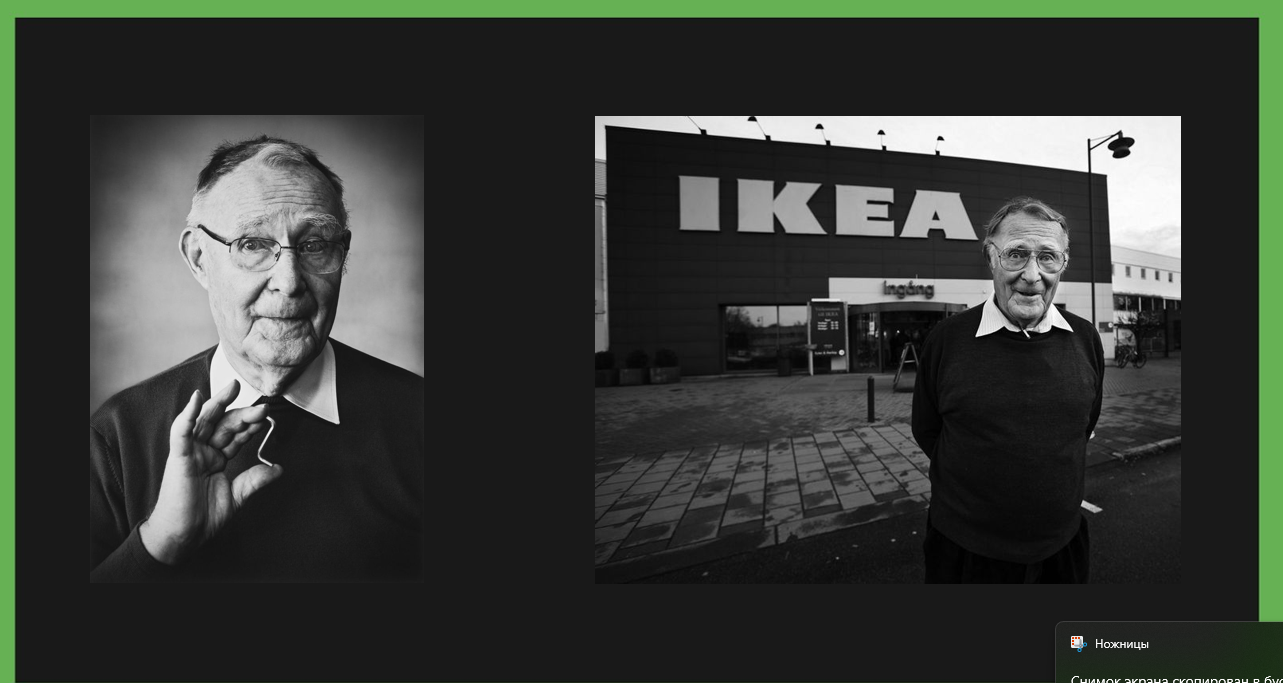
At 17, his father rewarded him with money for doing well in school. But instead of furthering his education, Ingvar made a bold decision—he handed in his notice to school and founded IKEA in 1943. A simple, catchy, and unique name, don’t you think?
5
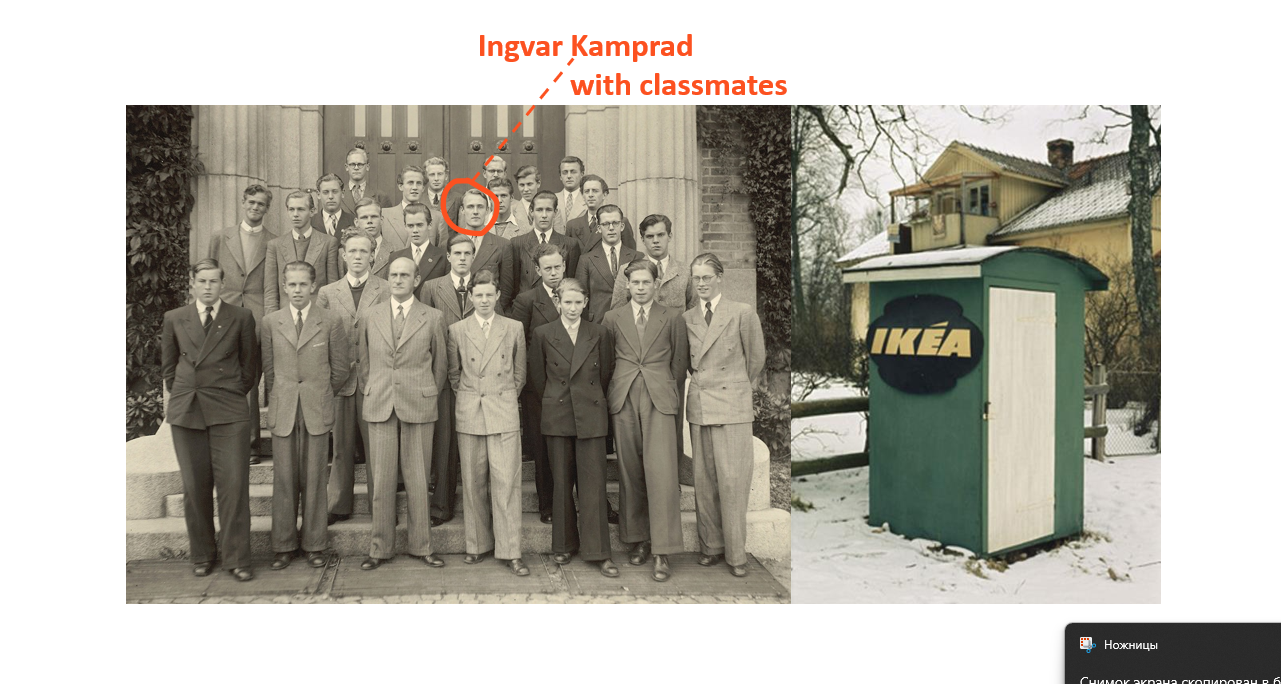
As Ingvar once said, "IKEA is myself." The name came from his initials—I for Ingvar, K for Kamprad—combined with the first letters of his farm and village, Elmtaryd and Agunnaryd. It turned out to be one of the most recognizable names in the world.
6

Here’s an interesting fact: IKEA didn’t start as a furniture store. Originally, it was a mail-order business selling pens, wallets, picture frames, and jewelry. Furniture wasn’t introduced until 1948. When it comes to business transformations, this was just the beginning.
7
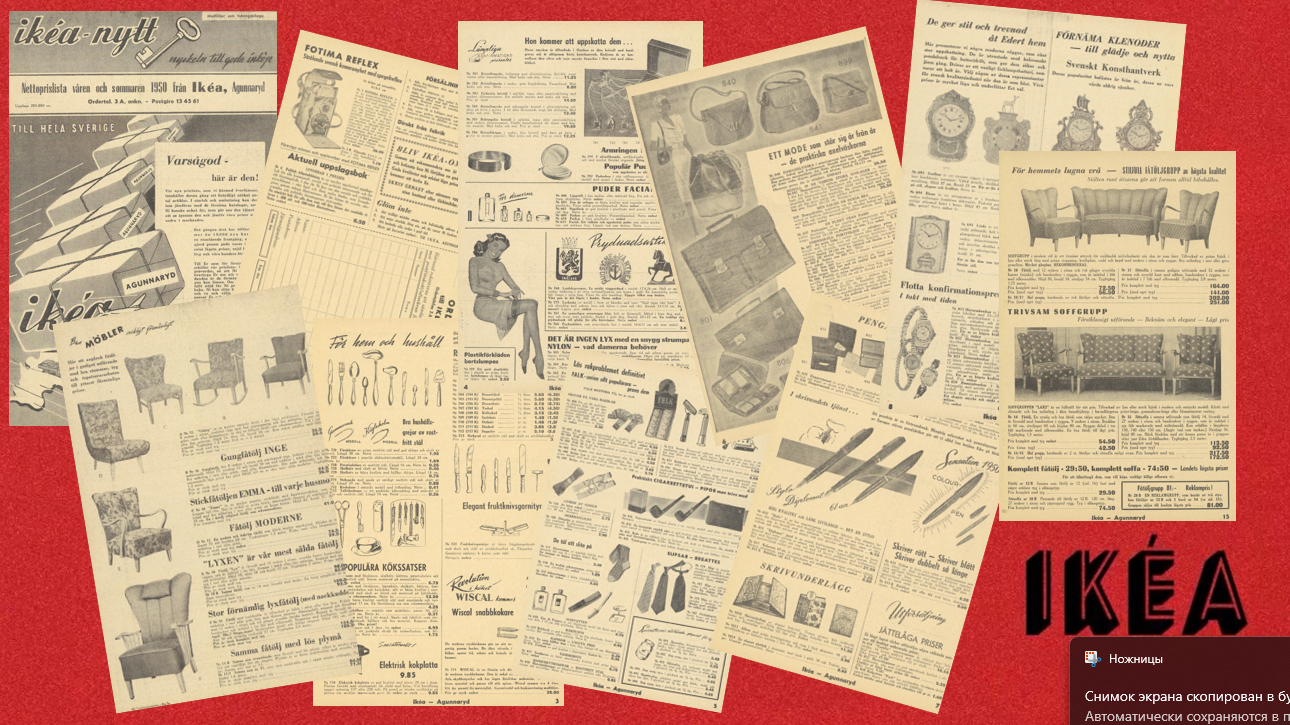
Ingvar quickly recognized a growing demand for affordable furniture in post-war Sweden. He believed that everyone should be able to furnish their homes stylishly without breaking the bank. This idea shaped IKEA’s philosophy and made it a household name.
8
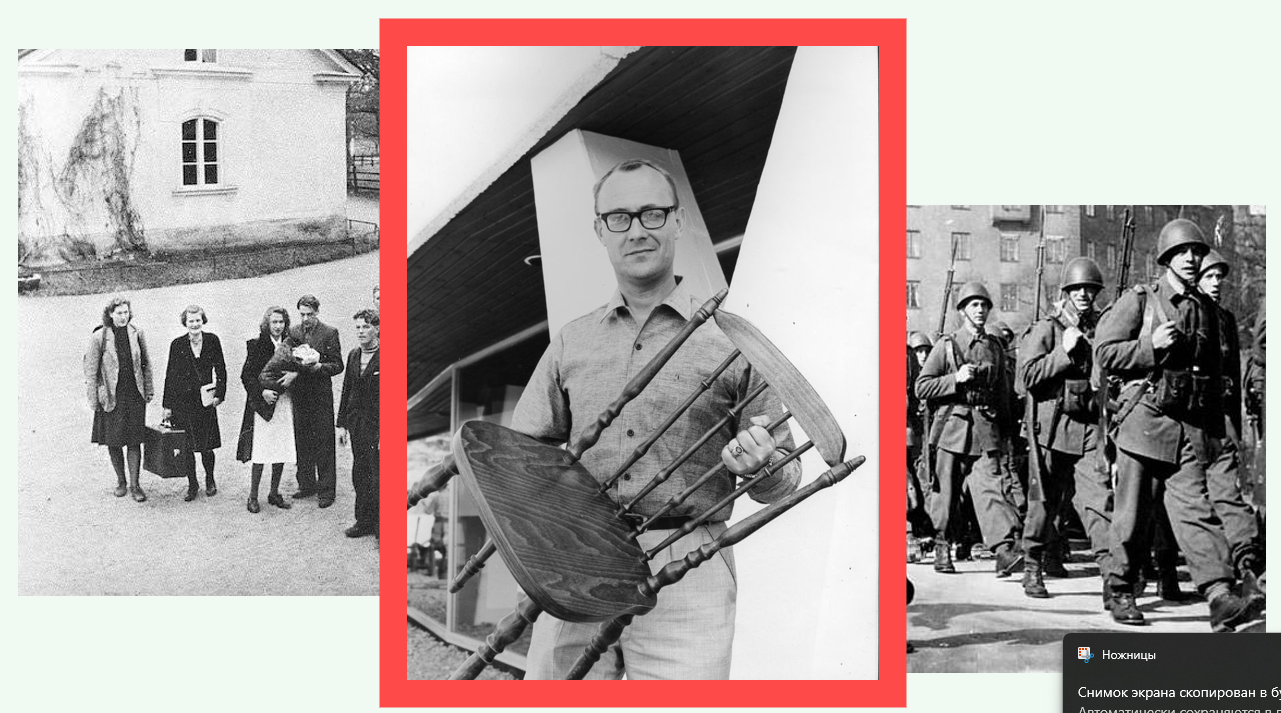
He famously said: "Designing a $1,000 desk is easy, but designing a functional one for $50 takes the best minds." By the 1950s, IKEA was fully focused on furniture, bringing functional and affordable design to everyone.
9
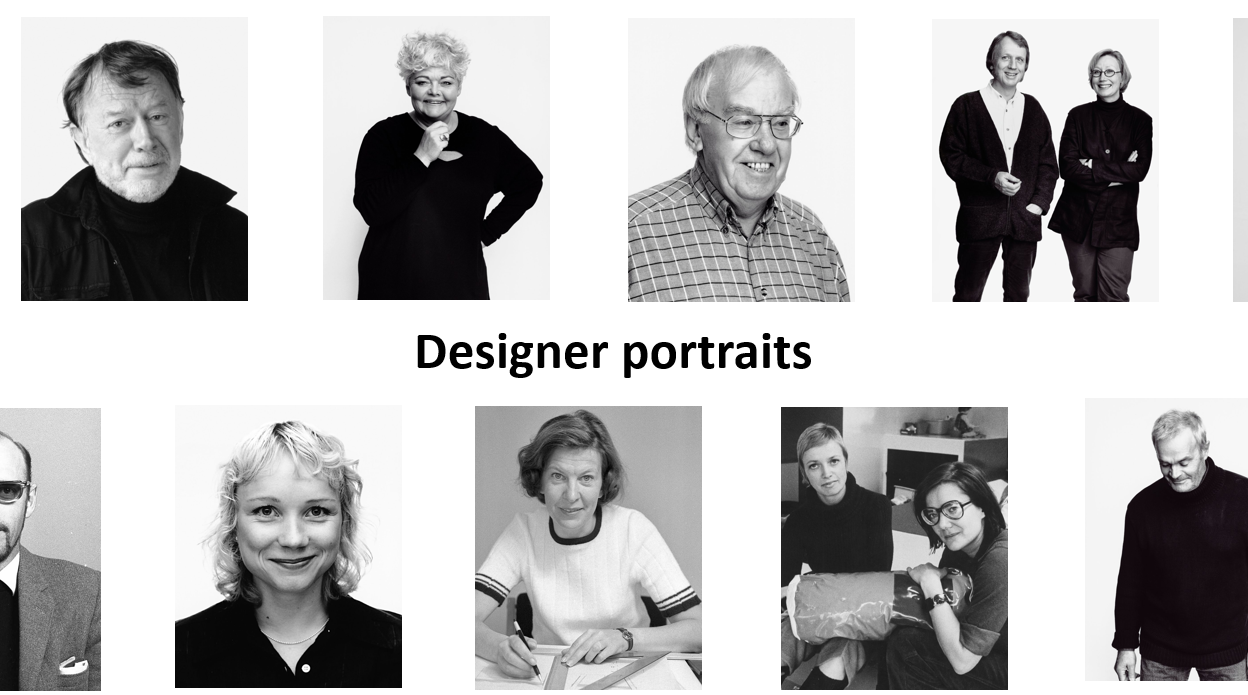
Now, let’s talk about another side of IKEA—its food! I don’t know about you, but I love IKEA meatballs with cranberry sauce. It would be tricky to imagine IKEA without its food today, but restaurants weren’t part of the plan from the start.
10

The first IKEA restaurant opened in 1960. Ingvar noticed that customers left at lunchtime to eat elsewhere. He realized that hungry customers buy less and decided to put up a solution—serve them food!
11

Today, food makes up 5% of IKEA’s revenue, but more importantly, it keeps customers in the store. Who knew a plate of meatballs could be such a clever business strategy? It turns out that a full stomach leads to fuller shopping carts!
12

Let’s move on. IKEA’s real breakthrough happened in 1956 when Ingvar saw an employee struggling to fit a table into a customer’s car. At first, he frowned at the inconvenience, but then he had a genius idea.
13
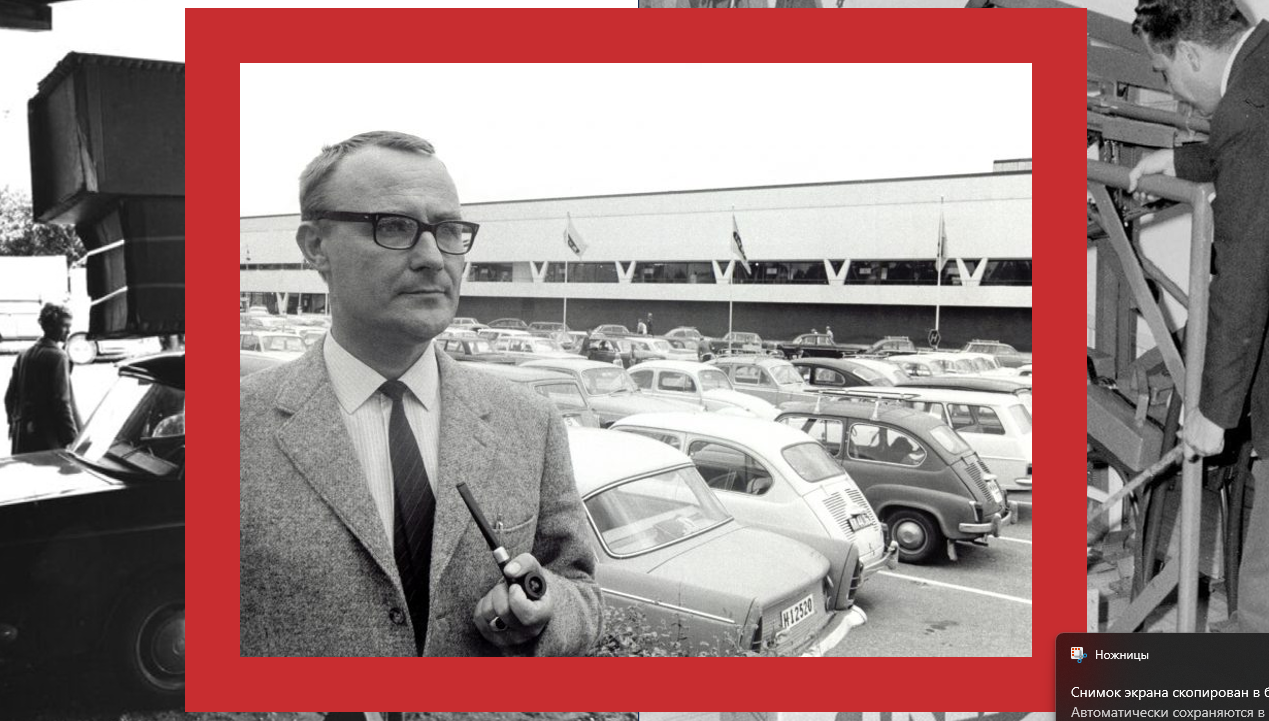
The solution? Flat-pack furniture. Ingvar realized that by allowing customers to assemble their furniture, he could cut down on production and shipping costs, optimize storage, and lower prices. The concept was unheard of at the time but became a global success.
14
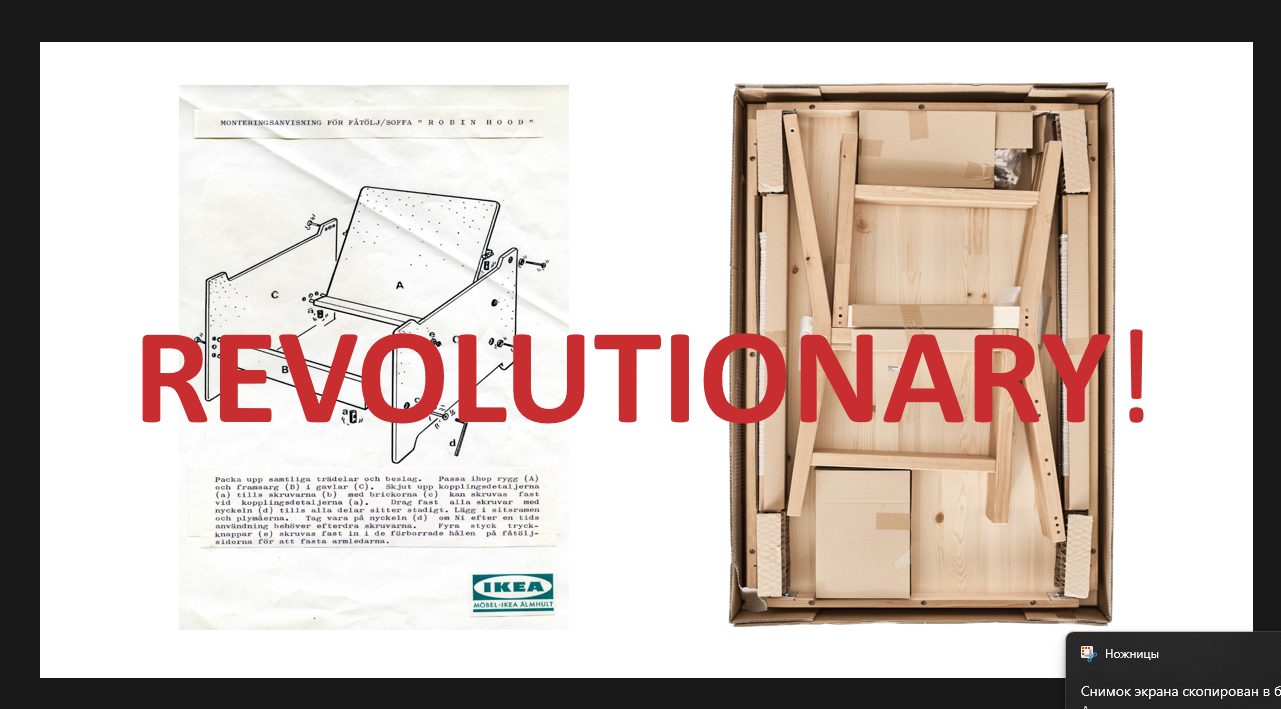
As a result, IKEA expanded beyond Sweden. Today, there are over 400 IKEA stores in more than 50 countries. Kamprad had built an empire, becoming one of the world’s richest people.
15

Despite his wealth, Ingvar was famously frugal. He drove an old Volvo, flew economy class, and stayed in budget hotels. He once said, "A penny saved is a penny earned." But was it all just for show?
16

Critics weren’t convinced. Reports surfaced that Ingvar owned a luxury villa overlooking Lake Geneva, vineyards in Provence, and even a Porsche alongside his beloved Volvo. Not exactly a cosy, modest lifestyle.
17
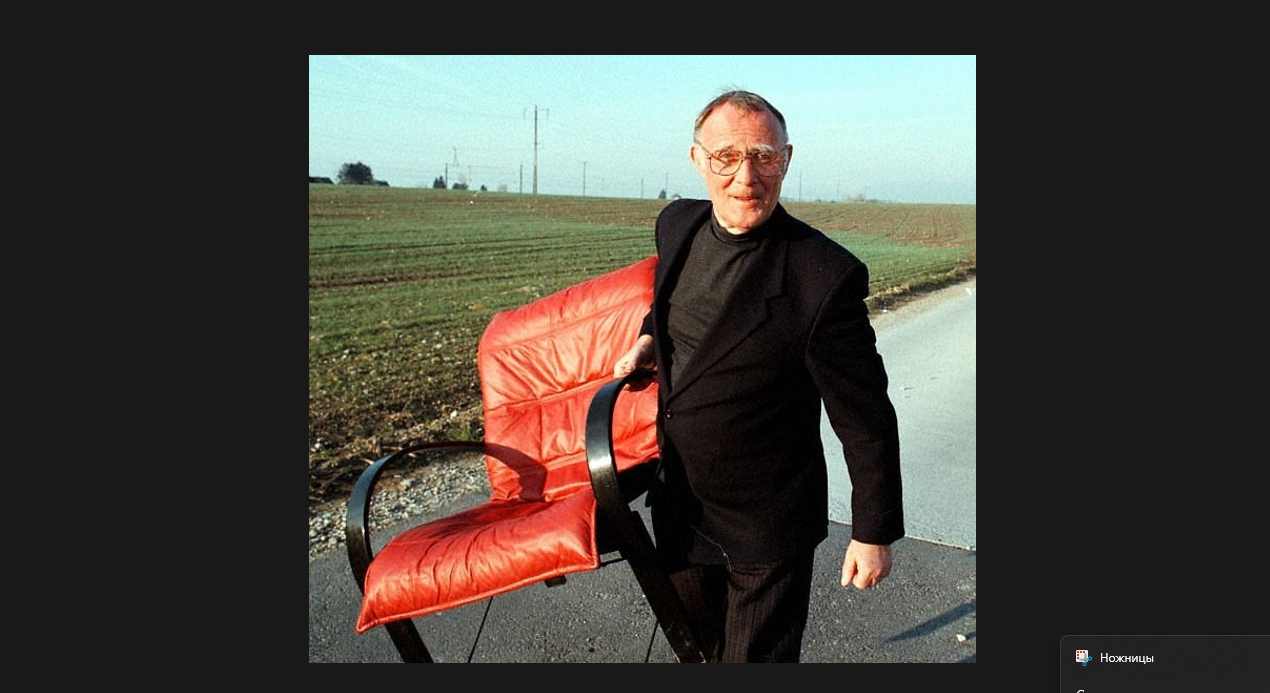
Now, here’s a piece of advice from Ingvar—if you don’t like high taxes, move elsewhere! He relocated to Switzerland for 40 years, just to avoid high taxes. Some praised his financial strategy, while others called on him to pay his fair share.
18
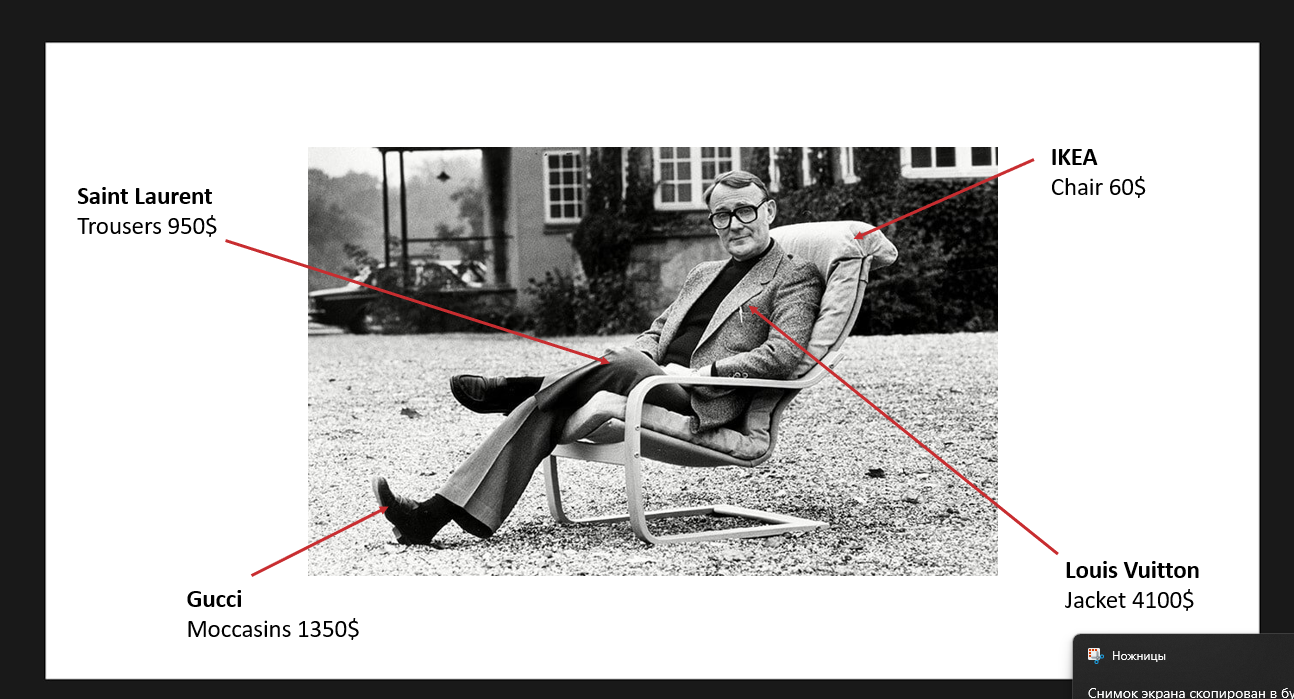
In 2016, he fell off the Forbes billionaires list. But not because he lost money—he had transferred his assets to his sons. Until his passing in 2018, Ingvar continued to visit IKEA stores worldwide, ensuring his vision lived on.
19

Time’s up! To end my presentation, here’s a quote from Ingvar: "I’m not afraid of turning 80—I don’t have time for dying." And with that, his legacy continues. Thank you
20
